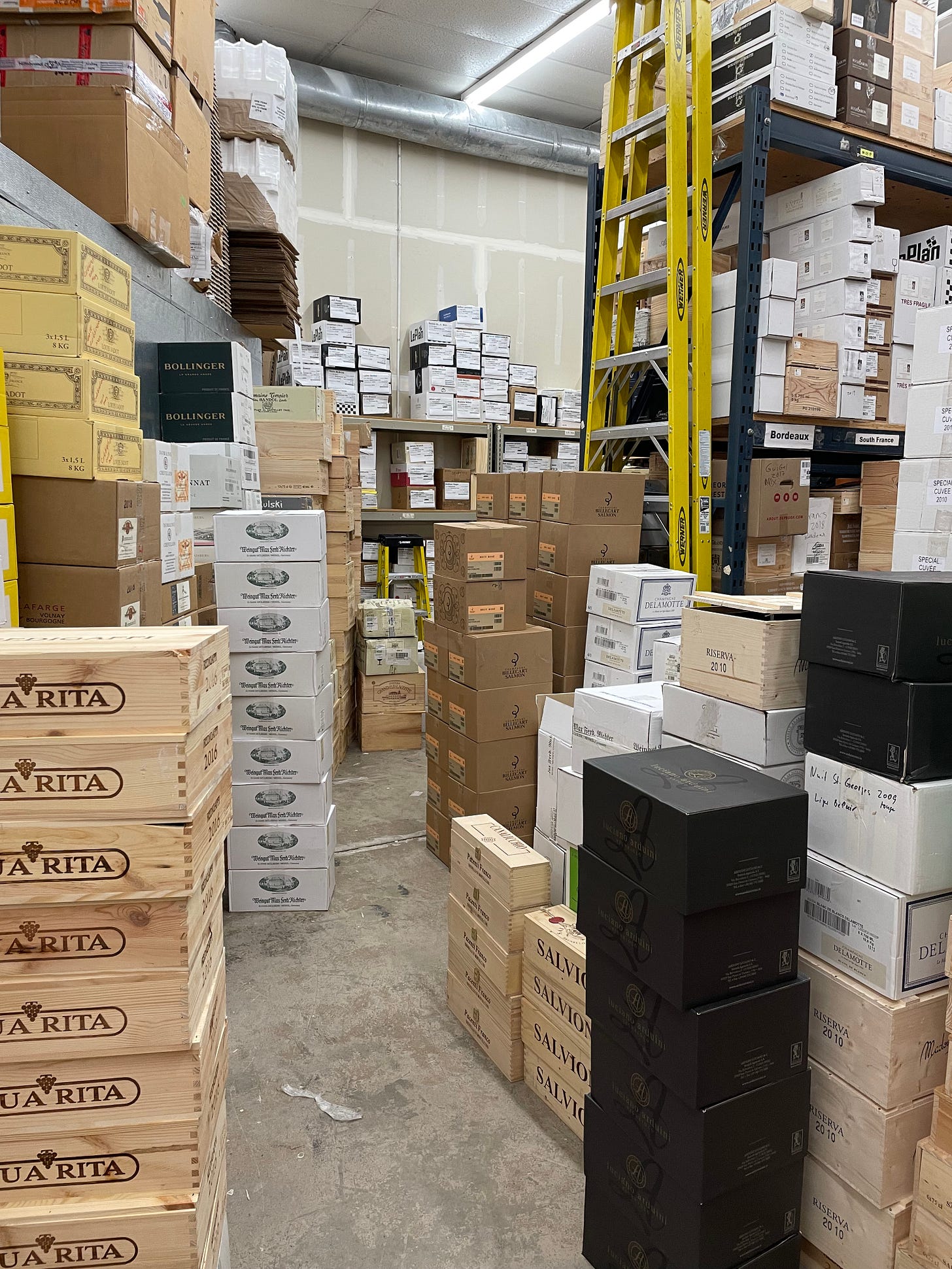An Ode to the Cardboard Case
The importance of functional design

I’ve worked in wine retail for about 5 years. I can’t generalize what’s expected of a salesperson based on my limited experience in two businesses/countries but my job in both was not about staying behind a cash regi…



